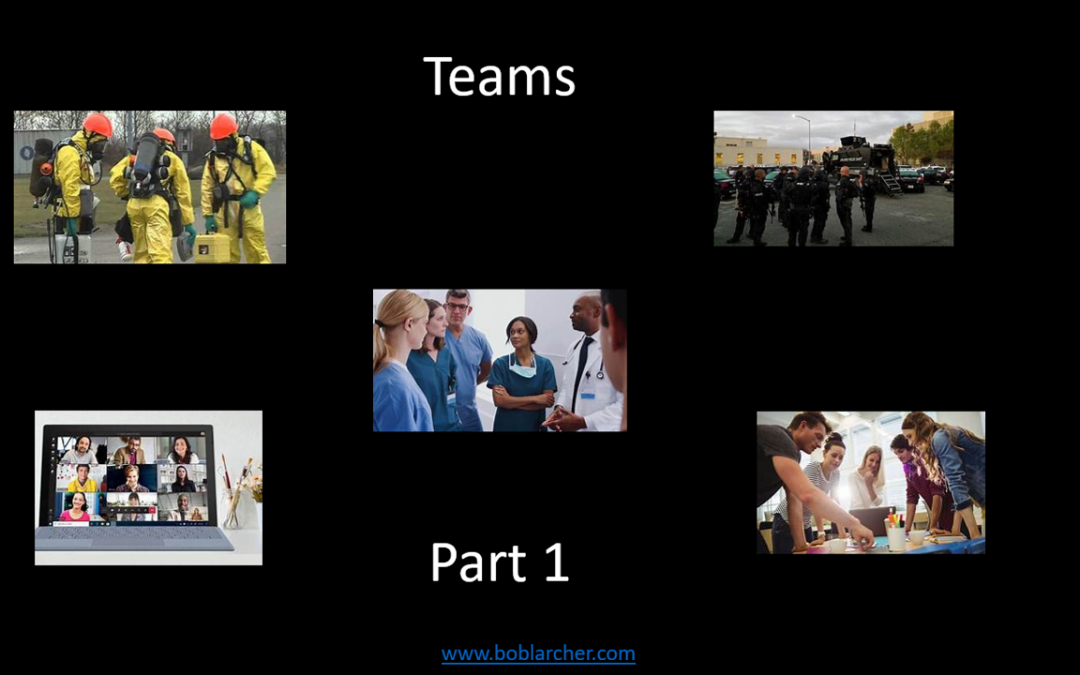Part 1 of a five-part series of posts around the subject of teams
“A single twig breaks, but the bundle of twigs is strong”
Tecumseh, a Shawnee Indian chief
The first teambuilding I was involved in as a facilitator was in 1988; it was a week-long outdoor based event for the twelve-member management team of the Rolls-Royce training department.
Since then, I have lost count of the number of teambuilding’s I have been involved in; I have run them for corporate giants, SME’s, start-ups and charities, I have run them for Boards of Directors, Business Unit Management Teams, Project teams and sales teams; in Europe and North America and I have run them in both English and French.
Tuckman’s famous, “Forming, Storming, Norming, Performing” was my reference in my early years along with Cog’s Ladder (a model of team growth) and the work of people like Fisher on small team decision making. In the early nineties I discovered Jones’s Team Development Matrix, which I considered to be a two-dimensional version of Tuckman’s approach; this became “my model” for numerous teambuilding’s and is still something that I use today to help teams understand how they function – the model is an excellent example of how “an image paints a thousand words”.
In 1993 I discovered Katzenbach‘s, “The wisdom of teams: Creating the high-performance organization”; this was a landmark event in my approach to teambuilding and saw a move from teambuilding to team development; i.e. less “event” focussed and more “developmental process” focussed – in fact the teambuilding “event” became part of a much larger and long process.
In 1995 I created with Jean-Claude Merlane (the PDG of Merlane Consultants), “Synergie Equipe de Direction”, an approach to team development for senior French management teams; an almost year long process including an initial performance analysis, a “customised” teambuilding event (based on the results of performance analysis), monthly performance reviews over a nine-month period and ongoing team and individual coaching where appropriate.
The work of Katzenbach spurred me on to deepen my knowledge and understanding of what actually makes an effective team.
The “human element” has always been my motor (my career as a trainer/facilitator commenced in 1984 in the world of personal development) and this led me to explore areas such as Transactional Analysis & Jungian Personality (MBTI, Insights, DISC etc.) and their impact on people working together, as well as the work of Belbin and Mumma on Team Roles and MTR-I on Team Dynamics.
Since the mid-nineties I have explored, and incorporated, a variety of team development frameworks and team performance audits into both my way of thinking about team effectiveness and into my way of accompanying, in particular, senior management teams in their search for performance excellence – I’m not sure that I have always reached the destination but the journeys have always been interesting.
Over thirty years later and, somewhat older and wiser, I don’t profess to have “the answer” as to what makes a high performing team nor how to get the team to their destination; however, I have tried to crystalise my learnings and my experience into something that others can use.
In part 2 I will look at some of the “frameworks” that have inspired me and helped me over the last 30 years
If you would like to discuss teams and their development do not hesitate to contact me at boblarcher@boblarcher.com

I help people to develop their interpersonal skills, usually within a leadership or teamwork context. If you are looking to develop your leadership, I might be able to help. I’ve been doing this for almost 40 years; roughly four thousand days of seminars, workshops, conferences, coaching, offsites, webinars, etc. – put back-to-back that makes almost ten “full” years.



